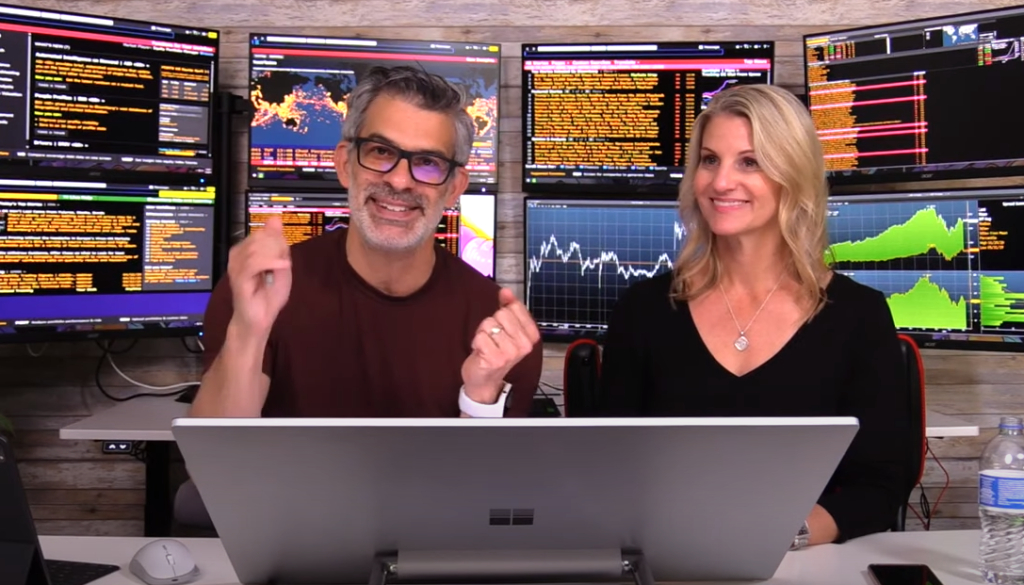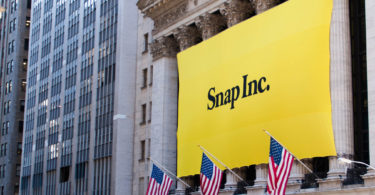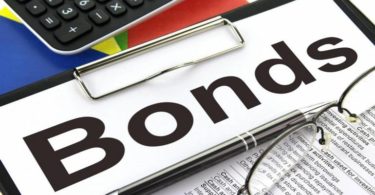This article was originally posted here
It has certainly been a roller coaster ride in the stock markets throughout the past few months. After rapidly plunging into a bear market in March, stocks have staged quite an impressive comeback.
So how are investors approaching the correction? ETFdb.com tracks the highest-volume exchange-traded funds, and by looking at the data over the past three months, we can get an idea of where investors have been putting their money during the COVID-19 pandemic.

IMAGE SOURCE: GETTY IMAGES.
The highest-volume ETFs
I won't keep you in suspense. Here are the highest-volume exchange-traded funds, or ETFs, over the past three months in the U.S. stock market, according to ETFdb.com:
| Rank | ETF Name (Symbol) | Nature of ETF |
|---|---|---|
| 1 | SPDR S&P 500 ETF (NYSEMKT:SPY) | Broad market |
| 2 | Financial Select Sector SPDR (NYSEMKT:XLF) | Financial sector |
| 3 | ProShares UltraPro Short QQQ (NASDAQ:SQQQ) | Short (inverse) Nasdaq stocks |
| 4 | iShares MSCI Emerging Markets ETF (NYSEMKT:EEM) | Emerging-market stocks |
| 5 | Invesco QQQ (NASDAQ:QQQ) | Nasdaq index |
| 6 | VanEck Vectors Gold Miners ETF (NYSEMKT:GDX) | Precious metals |
| 7 | ProShares UltraPro QQQ (NASDAQ:TQQQ) | Leveraged Nasdaq stocks |
| 8 | Direxion Daily S&P 500 Bear 3X Shares (NYSEMKT:SPXS) | Leveraged-short S&P 500 |
DATA SOURCE: ETFDB.
The usual suspects
Some of the ETFs that appear on this list aren't very surprising. For example, the S&P 500 ETF in the top spot is the largest exchange-traded fund in the market, with more than $260 billion in assets, and is essentially a bet on the overall U.S. stock market. A similar case could be made about the fifth-most-popular ETF, which is a broad-based Nasdaq index fund. Not only is it a massive ETF, but tech stocks have generally been less affected by the COVID-19 pandemic than others, so many investors might see it as a somewhat safe play right now.
The Financial Select Sector SPDR ETF also makes sense. The financial sector (banks, insurance companies, and other financial service providers) has been one of the worst-performing parts of the stock market during the pandemic, so investors might see this fund as a long-term value play.
Finally, it's not at all a surprise to see a gold-mining ETF on the list. Gold is often regarded as a safe asset to hold, especially during turbulent times, and given what's been going on in the stock market, it's reasonable to see many investors flocking to perceived safety.
The unusual suspects
On the other hand, some ETFs on the list are seeing unusual popularity. Here are a couple of interesting things to note:
Investors don't seem to know how to feel about the tech-heavy Nasdaq right now. In addition to the Invesco QQQ fund, which is essentially an investment in the entire Nasdaq market, you'll also notice that the third position in the chart is filled by an ETF that represents a short position in the same thing. And to add to the confusion, the seventh-most-popular ETF has been a leveraged Nasdaq ETF that lets investors magnify their returns (or losses).
It also seems as if some investors are inclined to bet against the overall stock market, evidenced by the presence of a triple-leveraged short S&P 500 ETF. This ETF is designed to deliver the opposite of the S&P 500's daily return times 3. So if the S&P 500 drops by 2% tomorrow, this ETF should rise by roughly 6%.
Are these index funds right for you?
First and foremost, leveraged and inverse ETFs are almost never a good idea for everyday investors. Without getting too deep into how they work, leveraged ETFs certainly serve a purpose as short-term hedging instruments for professionals, but for most of us, they are more dangerous than you might think.
With that in mind, ETFs can definitely be an excellent way to invest, especially during turbulent and uncertain times. For example, if you think the financial sector is cheap from a long-term perspective but don't want to gamble on any specific names, a financial-sector ETF like the one on this list can be a smart choice. And if you just think the overall stock market looks attractive, using a broad S&P 500 or Nasdaq index fund can allow you to bet on American business as a whole.
Editor's Note:
The Greatest Trade Caller I Ever Met…
Hey everybody,
I’ve been in the trading game for over 20 years, so it’s not very often that something takes me truly by surprise. Or so I thought.
But then I met Markay Latimer, and I saw what she accomplished using what she calls her “retirement chart pattern.”
My jaw fell to the floor. I actually had to get a shovel to pick it back up. And then it fell to the floor again.
Markay was just a mom looking to make ends meet to fulfill her dream of going to medical school.
She built a $2,000 account (borrowing half from her family) and started using this pattern.
Just over two years later, the account had $2M in it! I’ve seen the reports!
I knew I had to get Markay in front of a camera to teach others how she did this, and she finally agreed.
Now, you can learn about the same chart pattern that she used.
In our State of the Market address, we discuss the crazy post-crash markets we’re experiencing, and dive deep into Markay’s incredible chart pattern.
She is, without question, the best stock picker I have ever seen.
Tap here to meet Markay and learn this pattern.
I know you’re going to love her.








